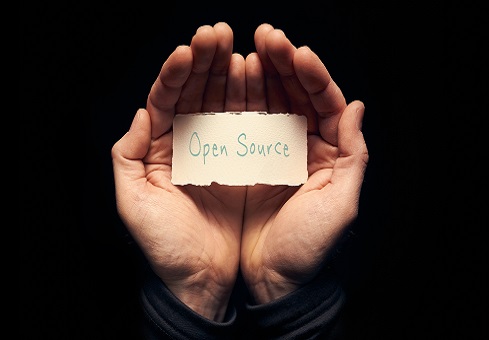Couldn’t attend Transform 2022? Discover all the summit sessions now in our on-demand library! Look here.
[Updated 11/22, 5:10am pst]
Svixa webhooks-as-a-service (WaaS) provider, today announced $2.6 million in pre-seed funding.
The WaaS platform is designed to provide developers with a solution to trigger API notifications rather than having to build their own webhook system. While Svix requires coders to use it, it allows low-code and no-code automations.
“Webhooks are driving more and more no-code and low-code activity on the web, but sending them still requires significant engineering time, development resources, and ongoing maintenance. Svix is the first platform to solve this problem,” said Tom Hacohen, CEO of Svix.
The release of no-code webhooks solutions like Svix allow developers to connect webhooks to applications without having to build the underlying infrastructure. At the same time, it means makers spend less time and money building and maintaining webhook systems.
Connect disparate apps with webhooks
To research shows that employees switch across an average of 13 apps, 30 times a day. Many organizations are looking to consolidate these solutions and make it easier for employees to understand the information they contain.
The company hopes to address this challenge by allowing apps to share data through an API. “Webhooks have the potential to be the nerves of any SaaS product, streaming data in a controlled, one-way fashion to any other application,” said Aaron Rosenson, general partner at Aleph.
“They are some of the most powerful and underappreciated tools for building modern software and Svix has created the first enterprise-grade product to manage them holistically,” he added.
While webhooks provide a solution to this challenge, traditionally they have required the development of infrastructure to configure webhooks. This complexity has led to a movement towards low-code or no-code webhooks solutions.
The low-code/no-code webhooks movement
Over the past few years, a number of solution providers have sprung up to make webhooks more accessible to developers. They include SaaS providers HostedHooks and Webhooks.io. There is also the popular Zapier, which connects apps, hit a $5 billion valuation and $140 million in revenue last year. But Svix says it lets people log into Zapier, so it’s more free than competitive. Zapier offers a no-code solution to automate and connect webhooks to apps like Slack, Twitter, Gmail, HubSpot, and Salesforce.
“An excellent developer experience is the cornerstone of our product; that’s why we have SDKS [software development kits] for many of the most popular programming languages and offers a prebuilt application portal to allow their users to manage, test, debug and monitor their webhooks without having to create it themselves,” said Hacohen.
Simplify webhooks
Svix essentially offers an application portal allowing users to add webhook endpoints and manage them from a centralized location. The portal is designed to eliminate the need for developers to create their own infrastructure to configure webhooks.
Since its inception, Svix has positioned itself in the market as a user-friendly WaaS solution and seeks to establish itself by gradually adding new features to improve the user experience.
Just recently, Svix released a feature to automatically generate documentation for customer webhooks, which Hacohen said he intends to build on by allowing customers to generate libraries and offer them automatically. to their users.
The company said it would use the funds, which come from Y Combinator and Alephto strengthen the development, commercial and operational teams.
VentureBeat’s Mission is to be a digital public square for technical decision makers to learn about transformative enterprise technology and conduct transactions. Learn more about membership.




